As time passed, trolley cars, with their fixed rights-of-way, were mixed with new-fangled horseless carriages for an added element of roadway chaos. To prevent clogging traffic arteries, the trolleys needed to be nimble and passengers needed to be prompt in entering and exiting the cars.
Today, we’re taking a look at the Peter Witt trolley from Williams by Bachmann. The car was a popular and proven design that has not previously been represented in O gauge.
The conception for the design of the real car is attributed to Peter Witt, a commissioner of the Cleveland Railway, and was unique for its time. The car would have two doors. Passengers would enter through the front – and not pay.
The trick was that they paid as they left the car. This minimized long lines building up as people searched for exact change or a token. They presumably had plenty of time to take care of business before they arrived at their destination. Hence, “Pay as you go” meant literally paying as you left the car.
Many of these trolleys were built for lines in the US and Canada, and in the 1920s more than 500 were constructed for Milan, Italy.
These were so popular and reliable that the Gomaco Trolley Co. of Ida Grove, Iowa, bought 70 of the trolleys from the Milan Railway. Its business is to restore the cars and sell them to transit companies and museums.
Opening the box
This O gauge model is unlike most of the products ever produced under the Williams banner – including the firm’s brass models of the 1980s and ’90s. In fact, Williams’ parent company, Bachmann Industries, had previously produced this model in HO, and that product was the inspiration.
Overall the Peter Witt trolley looks superb. Where a lot of trolley cars have an “old timey” appearance that doesn’t appeal to me, this style could easily fit a street scene anywhere from the 1920s through the early 1960s (even later if you have a municipal trolley line to snag visiting O scale tourists).
The nose is flat and business-like. There is a slight bumper on the lower level and a headlight just above it. There is a single wiper arm on the motorman’s side of the windshield and a sun shield over the front of the car.
There are 14 windows on the motorman’s side, all of which have a mesh screen over the lower portion of the window. There are 10 windows on the opposite side, along with center and front doors.
The rear of the car has five windows, two red markers, and a rear backup light. The red markers are on when the trolley is running forward; when it reverses, the backup light illuminates. The anchor line for the trolley pole is placed just above the rear light.
On the roof, the trolley pole is the major sight to see. Counting the receptacle holding it, it is 5½ inches long and stands about 3 inches above the roofline. There is a conduit line running from the rig holding the trolley pole to a spot where it enters the roof.
The wheels may be the smallest wheels I’ve found on an O gauge motorized unit – approximately ½ inch in diameter minus the flange.
The car has die-cast metal wheels and truck frames that are fine copies of a light electric railway truck. You’ll also find additional undercarriage detail for brake and battery systems.
Our car comes in the pleasing yellow, tan, and orange of the Cleveland Railway. Paint application was very precise.
The car is also available in the colors of the Baltimore Transit Co., Brooklyn & Queens Transit, Chicago Surface Lines, Los Angeles Transit, St. Louis Railways, and Toronto Transit.
We did hear from one Williams customer, who complained about the lack of decals that would allow an operator to customize the route/destination of the car. If this is a concern, and you have access to an ink-jet or laser printer, you can make your own and affix them to the trolley.
On the test track
Power for the model is simple and direct. A single low-mounted can-style motor uses drive shafts to power the forward and rear trucks.
Both trucks are geared and have traction tires mounted on one wheel (each on an opposite side of the car).
To my surprise, each truck has two power pickup rollers. On each truck they are 3 inches apart and 5¾ inches between trucks.
Williams recommends using a power supply with either a pure sine wave or a smooth sine wave and a power rating of at least 80 watts.
Williams also advises that the car can operate on curves with as tight a diameter as 21 inches, but reminds users that large gaps in switches may cause the track power to fail, in spite of the model’s power “foot print” of a bit more than 7½ inches in length.
We ran the model on Lionel FasTrack, MTH RealTrax, and K-Line SuperStreets. With regard to the “railroad rail,” the trolley operated fine, although switches could be a bit jarring (we didn’t experience any derailments).
I tried to run the trolley through K-Line SuperStreets no. D-16 curves (remembering that the instructions said it would not run on this tight a curve) and the trolley did indeed hang up.
Running on the D-21 SuperStreets curves, however, was fine.
Oh, the D-16s are the original tight curve track sections and the D-21 is the later, “outside” curve for a two-street SuperStreets line.
Motor operation was as smooth – and as quiet – as I’ve heard from any three-rail motorized unit.
It was limited to pretty much a quiet whir and the click of the metal wheels over the track joints.
Shell removal for adding figures is simple and covered in the instruction sheet. Once the shell is off, though, you’ll discover that any placement of figures will probably require trimming the legs to enable them to be placed on the seats. A full trolley will look great.
Our low-speed average was 13.6 scale mph, while our high-speed average was 73 scale mph. Since there is no coupling system (or any way to couple the car to anything else), we didn’t test the drawbar pull.
The Peter Witt trolley from Williams is one of those products that will help your transit line justify a rate hike.
With scale detailing, pleasing colors, and smooth motor operation, it will deliver first-class service whether rolling on a rail line or running through the center of town.
Features: O-21 operation, can-style motor, bell, interior decoration, illumination





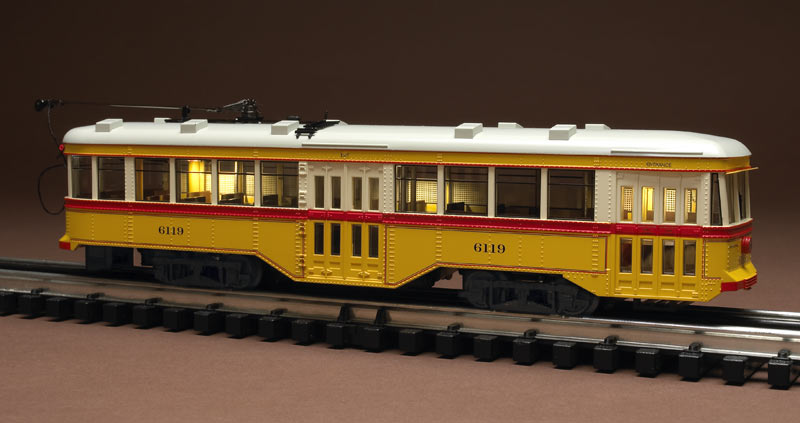

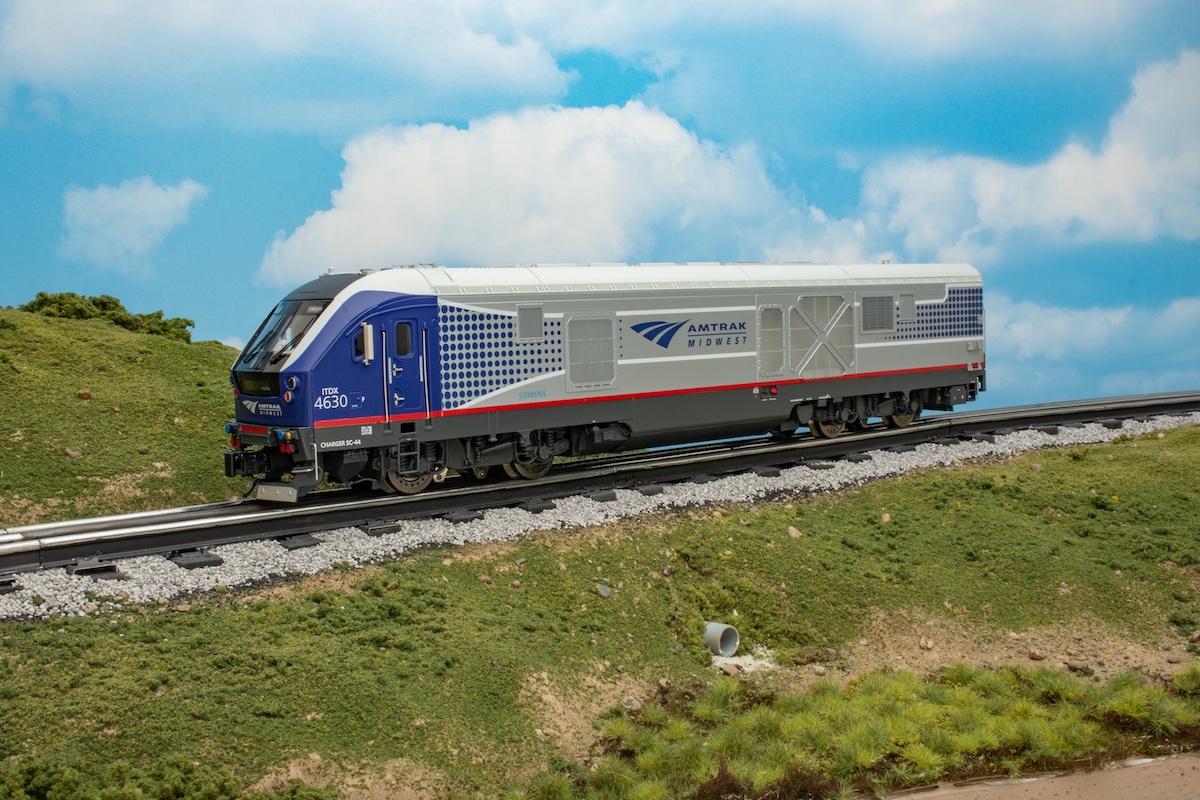
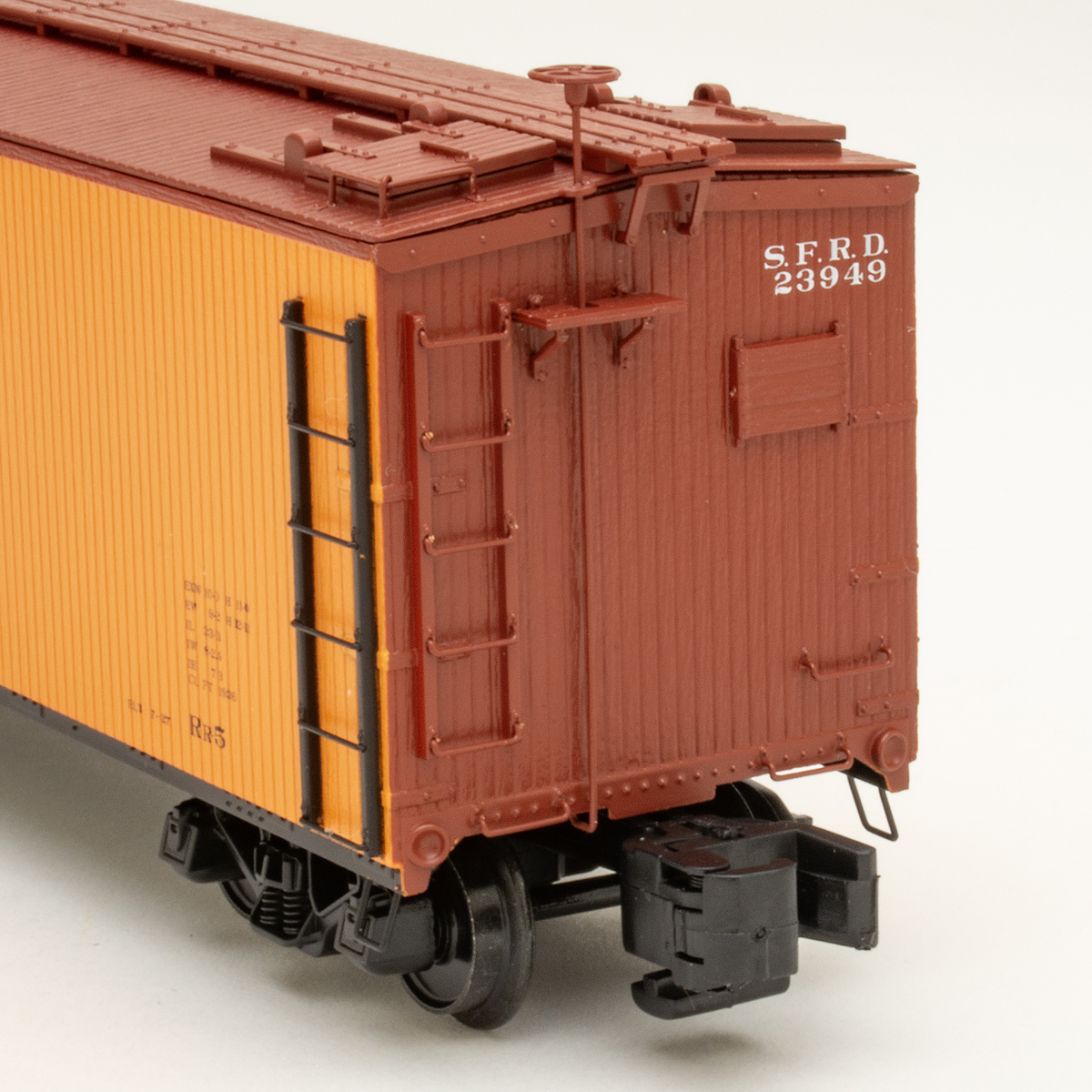
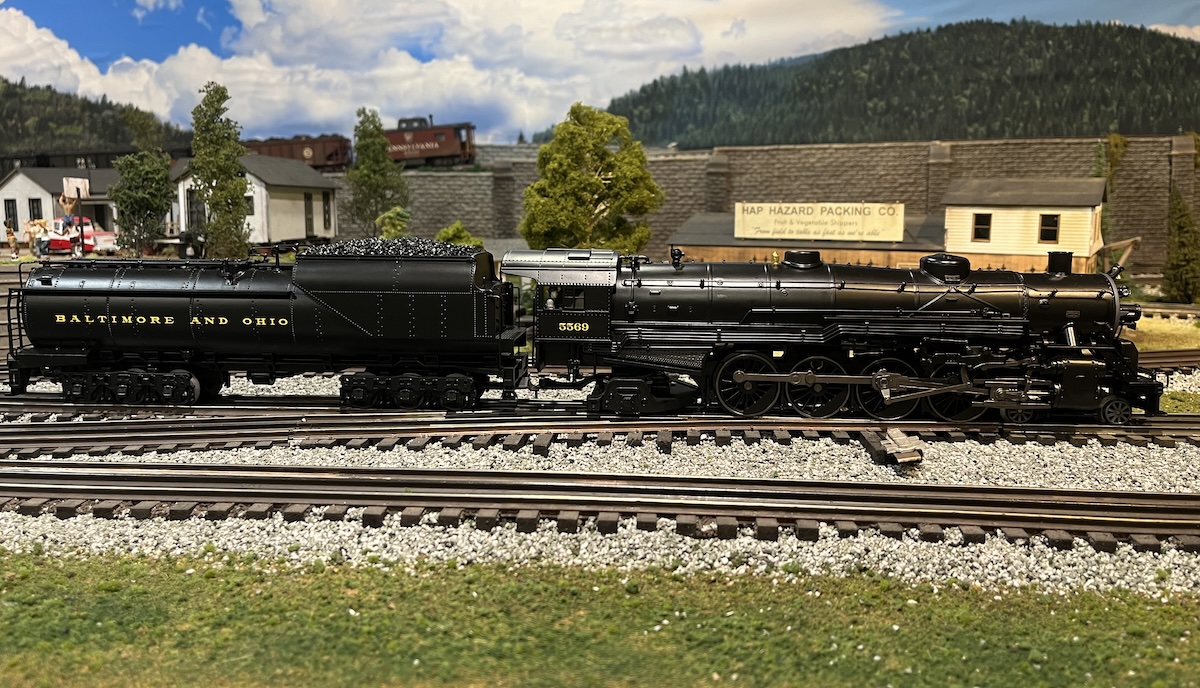
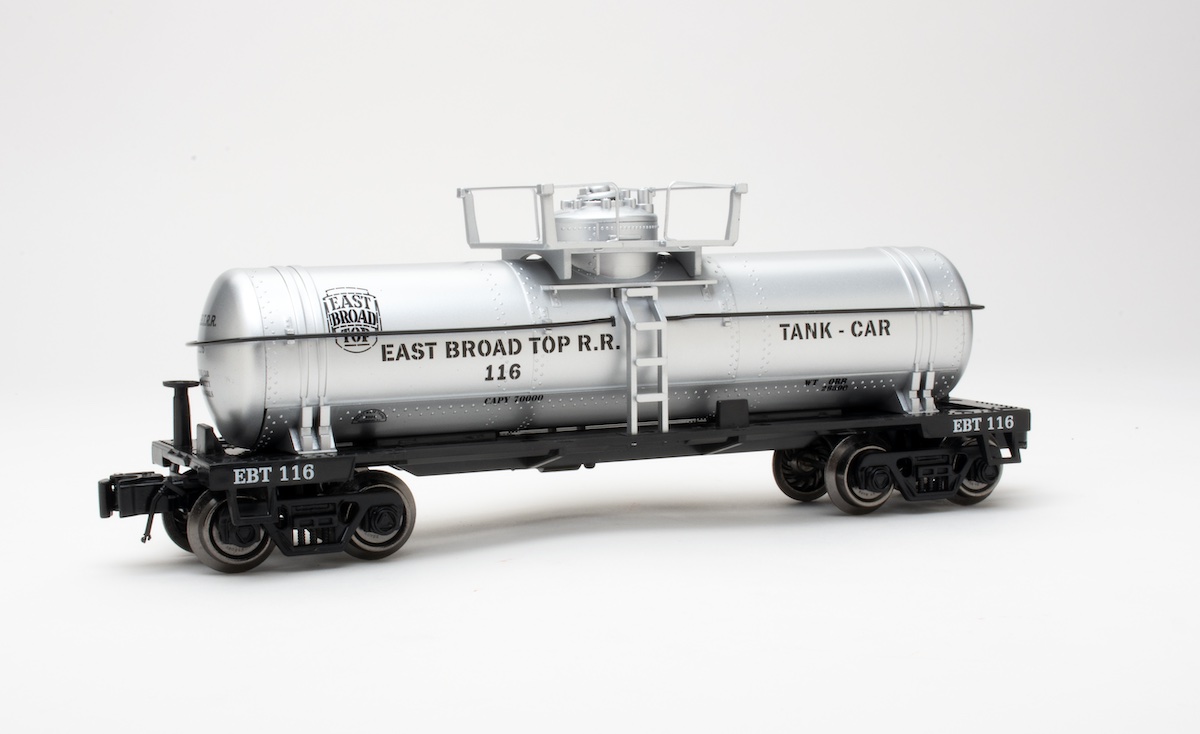




In reply to Mr. Calleris comments about Bachmann products,I agree,however in fairness to Bachmann,like some manufactuers,Bachmann produces more than one price range of equipment in order to broaden their market appeal ,thereby increasing their position on the market place.I have in mind as an example, the aquisition of Williams,especially the Golden Memories series.I have purchased several items from this series and can testify as to the quality of these pieces.
the peter witt trolley is a welcomed addition to our hobby . its good to see companies bringing out new products-it helps to keep our hobby new and interesting.
The detail on this trolley looks great.. The drive train is very different from the bullet proof Williams engines of the past. Does the motor have flywheels? Most smaller scale engines do. Is the jerky ride over the switches due to the small wheels or the lack of a flywheel? The info mentions a bell but none was mentioned in the test. Does this unit have the same Williams lifetime warranty? We need more info.
The prototype of the model is the Peter Witts built for Baltimore by Brill and Cincinatti Car Co. Toronto's Witts and a round front with three windows.
I never cared for bachmann products. Their HO & N Scale stuff was mostly junk. I hated when I got a bachmann train set for christmas. Cheap stuff.